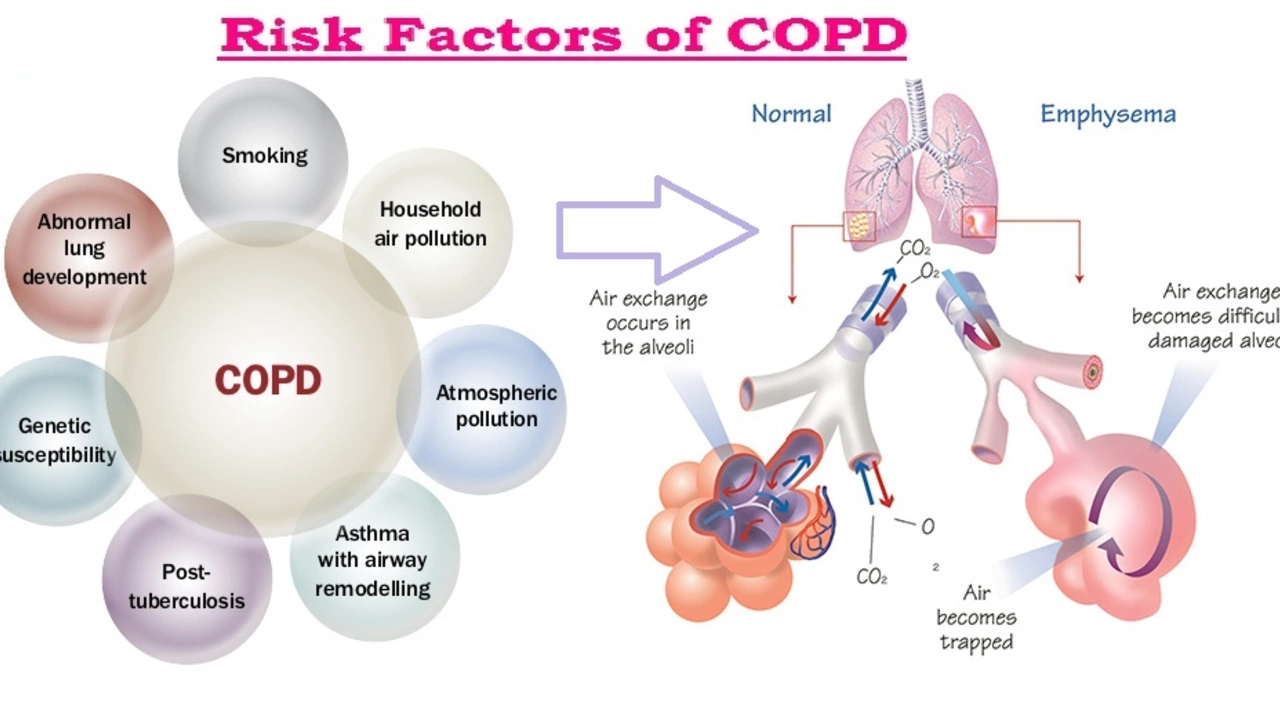Hypertrophic subaortic stenosis: clear facts and practical steps
Hypertrophic subaortic stenosis (HSS) is a form of hypertrophic cardiomyopathy where the thickened heart muscle narrows the outflow tract below the aortic valve. It can cause chest pain, fainting, shortness of breath and a loud heart murmur. Some people have mild symptoms for years; others have sudden trouble with exercise or fainting. If you or a family member has been told about thickened septum or a subaortic gradient, this page breaks down what matters now: how doctors diagnose it, why symptoms happen, and the treatment choices that work in real life.
What hypertrophic subaortic stenosis means
HSS happens when the interventricular septum — the wall between the heart’s two main pumping chambers — grows thicker than normal. That bulging muscle can block blood as it leaves the left ventricle, especially during exercise when the heart squeezes harder. Symptoms come from poor blood flow or abnormal heart rhythms. Typical signs include exertional shortness of breath, chest tightness, fainting spells, and palpitations. A standard physical exam may pick up a harsh systolic murmur, but an echo (echocardiogram) is the key test. Echo shows septal thickness, how much blockage exists, and whether the mitral valve floats into the outflow tract (systolic anterior motion).
Other useful tests include ECG, which can show electrical changes, and cardiac MRI for detailed imaging when echo is unclear. A stress test helps link symptoms to exertion and can reveal dangerous drops in blood pressure. Because HSS often runs in families, doctors may recommend genetic testing and screening for first-degree relatives. If you’ve fainted or have worrying rhythms, an ambulatory monitor (Holter) or an implantable loop recorder can catch intermittent arrhythmias.
Treatment and daily management
Treatment depends on symptoms and how bad the obstruction is. Many people start with meds: beta-blockers or non-dihydropyridine calcium channel blockers slow the heart and reduce obstruction. Disopyramide helps in selected patients but needs cardiac supervision. If symptoms stay bad or the gradient stays high, septal myectomy (surgery to remove muscle) is the gold standard for durable relief. Alcohol septal ablation is a less invasive option that shrinks the septum by a controlled heart attack; it works well for some but isn’t perfect for every anatomy.
An implantable cardioverter-defibrillator (ICD) is advised for people at high risk of sudden cardiac death: those with prior cardiac arrest, sustained ventricular tachycardia, or certain high-risk features on imaging and family history. For daily life, avoid dehydration, sudden heavy exertion, and stimulant drugs. Tell your sports doctor and plan exercise around your heart’s limits. Regular follow-up with echo and rhythm checks matters — HSS can change over time.
Quick action steps: get an echo and see a cardiologist who knows HCM, ask about family screening, carry emergency info if you’ve fainted, and discuss ICD if you have risk factors. Go to the ER right away for chest pain with fainting, sudden severe breathlessness, or palpitations with dizziness. With proper care most people lead full lives; the goal is symptoms control, safe activity, and watching for dangerous rhythms.
Questions? Talk to your cardiology clinic or second-opinion center today.
